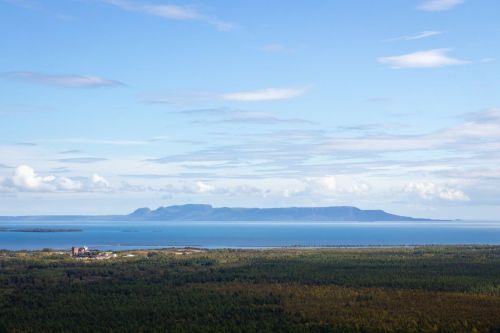Lake Tanganyika is one of the most unique and unusual lakes in the world. Because it is isolated from other water reservoirs and the water has been held in it for millions of years, it has developed unique life forms that are found nowhere else in the world.
The lake is home to 250 species of cichlid fish, most of which are endemic species.
It has a very unique chemical composition of water and a very interesting geological structure.
It lies on the territory of four African countries: Zambia, Democratic Republic of Congo, Burundi and Tanzania.
It is about the same size as the state of Maryland and two times smaller than Lake Huron.
Over 2000 species, both plants and animals, are found here, and about 500 of them cannot be seen anywhere else.
Lake Tanganyika has a shoreline of 1,828km, almost as long as New York to Miami. The water surface of Lake Tanganyika is 773 m (2,536 ft) above sea level.
Tanganyika is the world's longest freshwater lake, it is 673 km (418 mi) long.
It is also the deepest African lake, its average depth is 570 m and the maximum depth is 1,435 m.
Approximately 100,000 people work in the fishing industry and about 200,000 tons of fish are caught annually in the waters of Tanaganyika.
The central basin developed earliest. Lake Tanganyika began to form in the period 12-9 million years ago.
The northern part of Lake Tanganyika developed about 8 - 7 million years ago.
The southern part formed 4 - 2 million years ago when the western lake basin was uplifted. This led to the formation of a tectonic ditch that quickly filled with water.
Over 200 endemic species are fish of the cichlid family.












